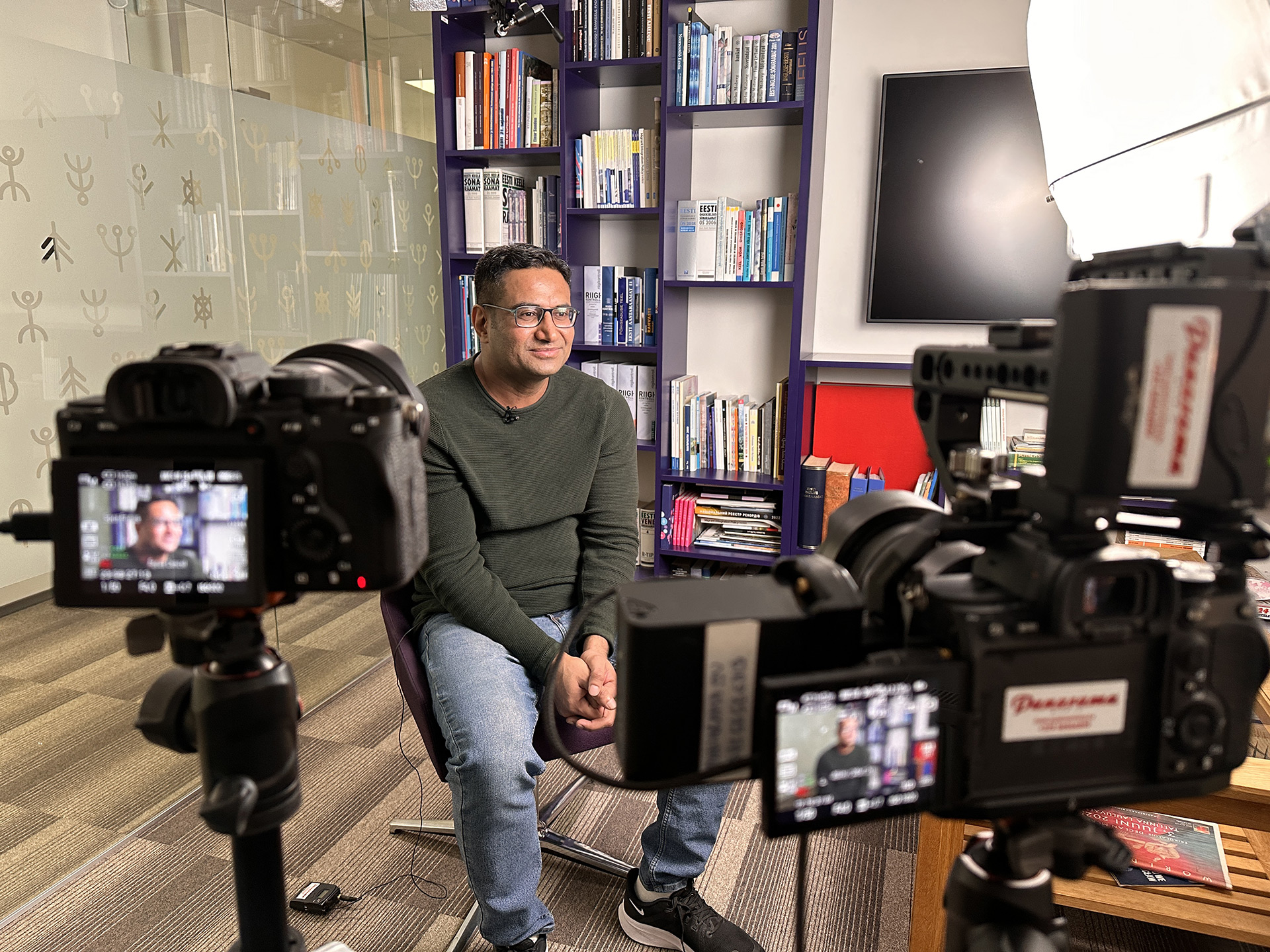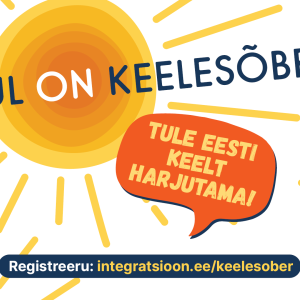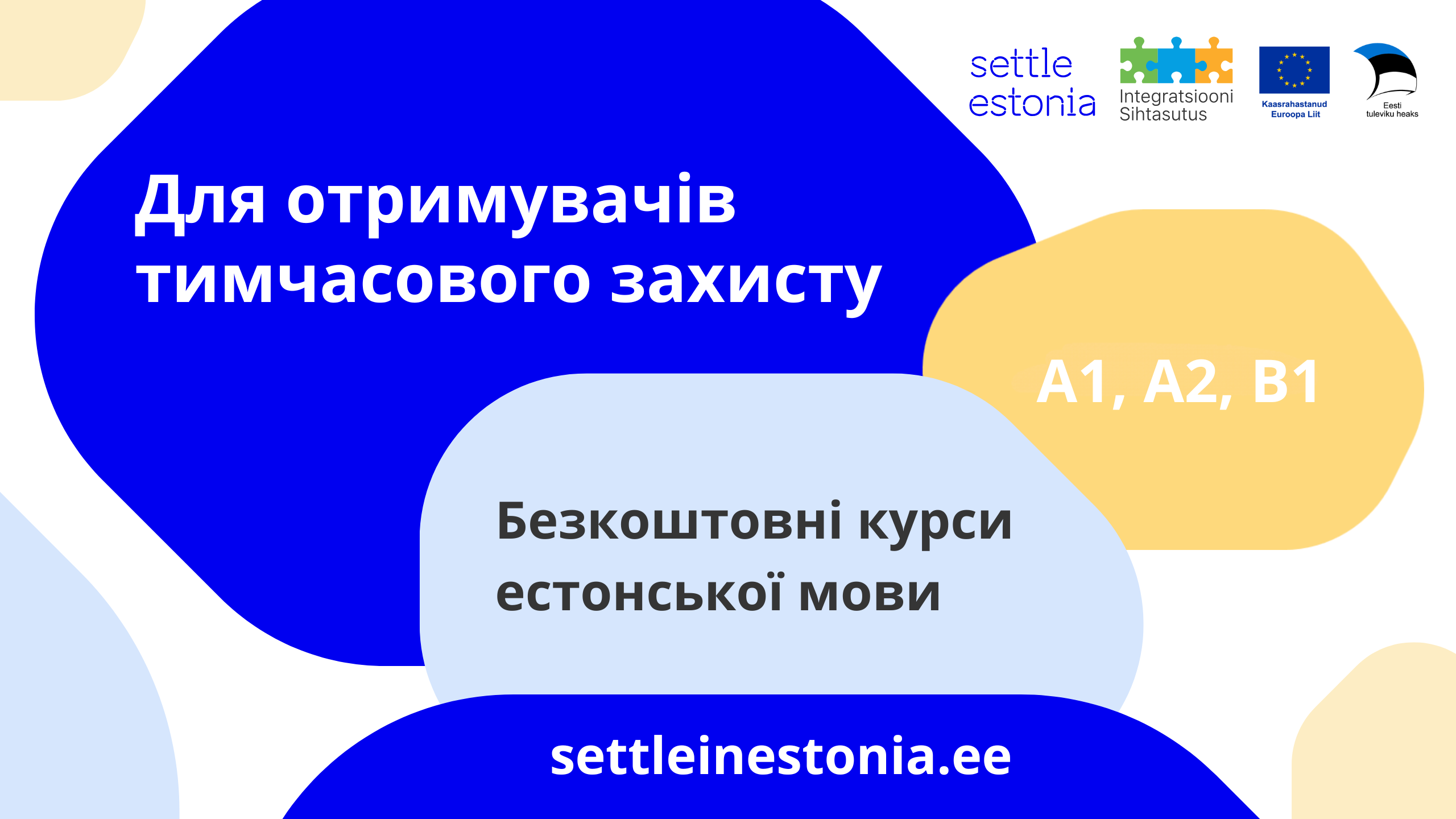The programme in which Nargiza participated provides comprehensive support for learning Estonian and preparing for citizenship exams. Participants have access to language courses, materials for individual study, and counselling before the exams. Particular attention is paid to ensuring a flexible approach that allows participants to combine studies with work or family duties. The courses are held twice a year – from March to June and from September to December – and their main objective is to help each participant achieve the required level of knowledge.
Nargiza decided to study Estonian, realising that it is not just a formality for living in Estonia, but an important tool for communication and resolving everyday issues. She was motivated by the desire to communicate freely in shops, cafés, or when applying for services, as well as the opportunity to apply for a permanent residence permit and citizenship.
Having completed the B1 level courses within the programme, Nargiza successfully passed the exams on the first try. This step allowed her to feel more confident in everyday life. She notes that she already had more opportunities at this stage: “Now, I can at least explain myself if I need something, and it makes life a lot easier.”
Despite having two children, Nargiza was able to find time to study. While her youngest child was in kindergarten, Nargiza attended classes and at home, she read simple fairy tales in Estonian to her daughter. It was great practice for her. However, as Nargiza admits, it was not always easy. Working on her own turned out to be especially difficult. However, the programme provided all the necessary materials and support, which made the learning process much easier. The courses helped to structure knowledge, and consultations before the exams gave a clear understanding of the structure and requirements.
Nargiza paid particular attention to preparing for the exam on knowledge of the Constitution and legislation. She decided to study on her own and translated the texts to better understand the material and successfully pass the test.
Studying required effort and self-discipline, but Nargiza is sure that it is possible to reach a basic level of the language even with a busy schedule. “Even if you are short on time, an hour or two a week for courses and independent work is enough to master the basics,” she shares.
The programme turned out to be useful not only for learning the language but also for opening up new opportunities. Nargiza continues her studies at the B2 level to speak more fluently and discover more career prospects. She believes that the main thing is to get started, and the available courses, flexible schedules, and free materials make the learning process convenient for everyone who wants to learn Estonian.
Nargiza advises everyone who doubts their abilities or postpones learning to try, even if it seems like there is not enough time. “Start small. A well-organised programme, the support of specialists, and your desire will definitely lead to success. And most importantly, you will feel how new horizons are gradually opening up, which previously seemed unattainable.”
Nargiza was only able to undertake this journey thanks to regular practice, perseverance, and the support of the programme. Today, she continues to move forward, inspiring with her example those who are still just starting to learn Estonian.
For future Estonian citizens
The Integration Foundation, in cooperation with the Ministry of the Interior, supports foreigners in applying for Estonian citizenship. To this end, the foundation offers opportunities to learn Estonian at the required level (B1) for free, prepare for the citizenship exam, and provides advice on related issues. All the interested are welcome to a consultation at first: https://integratsioon.ee/en/language-training-apply-estonian-citizenship




